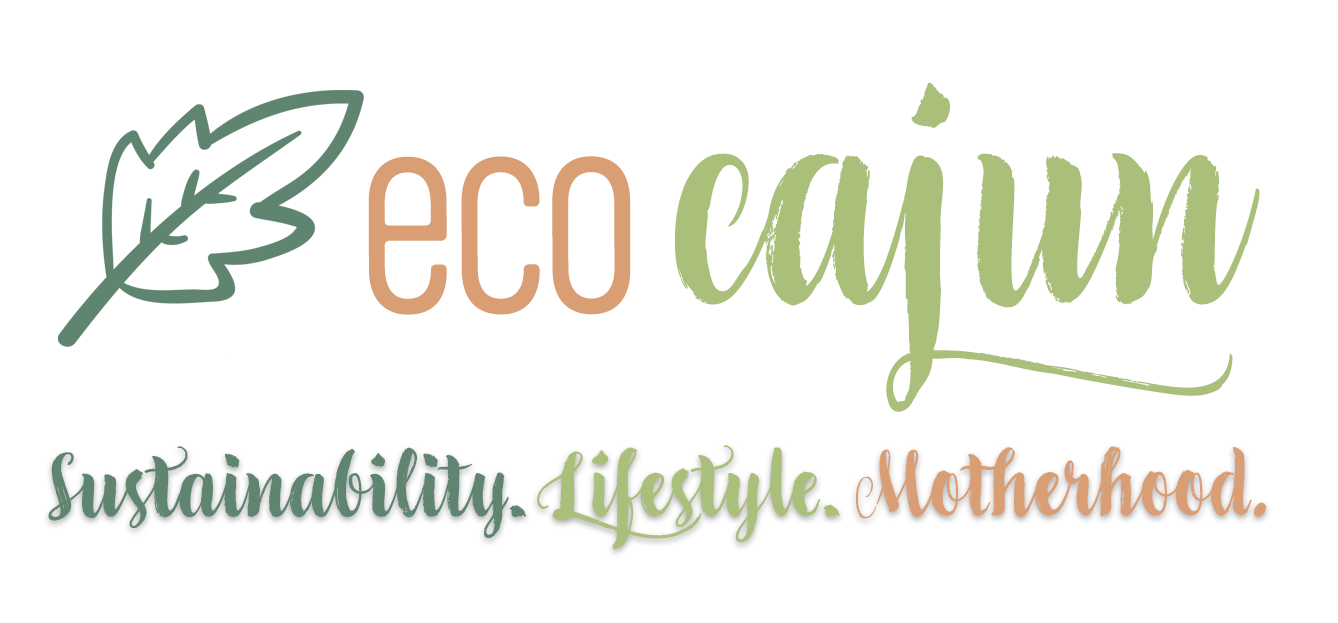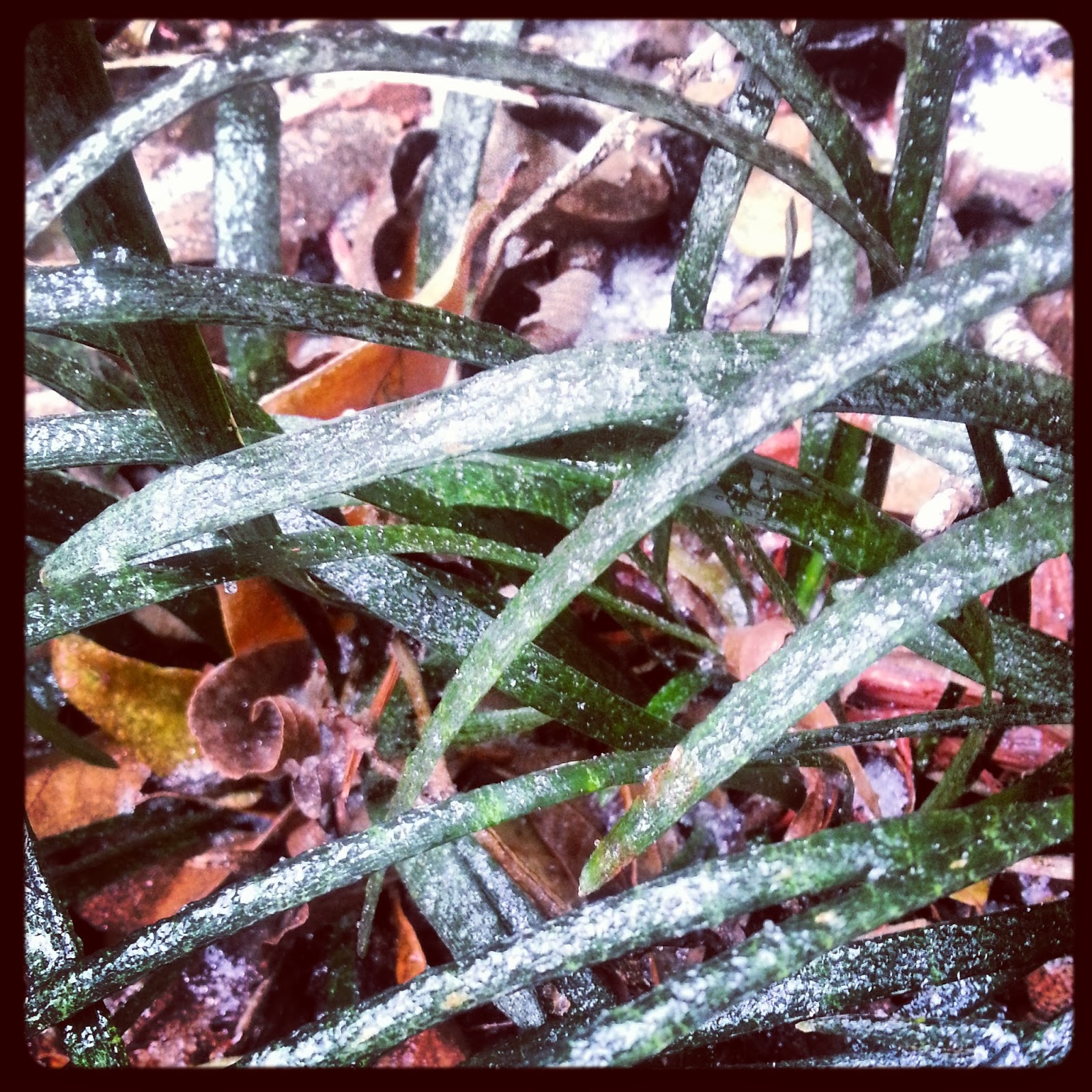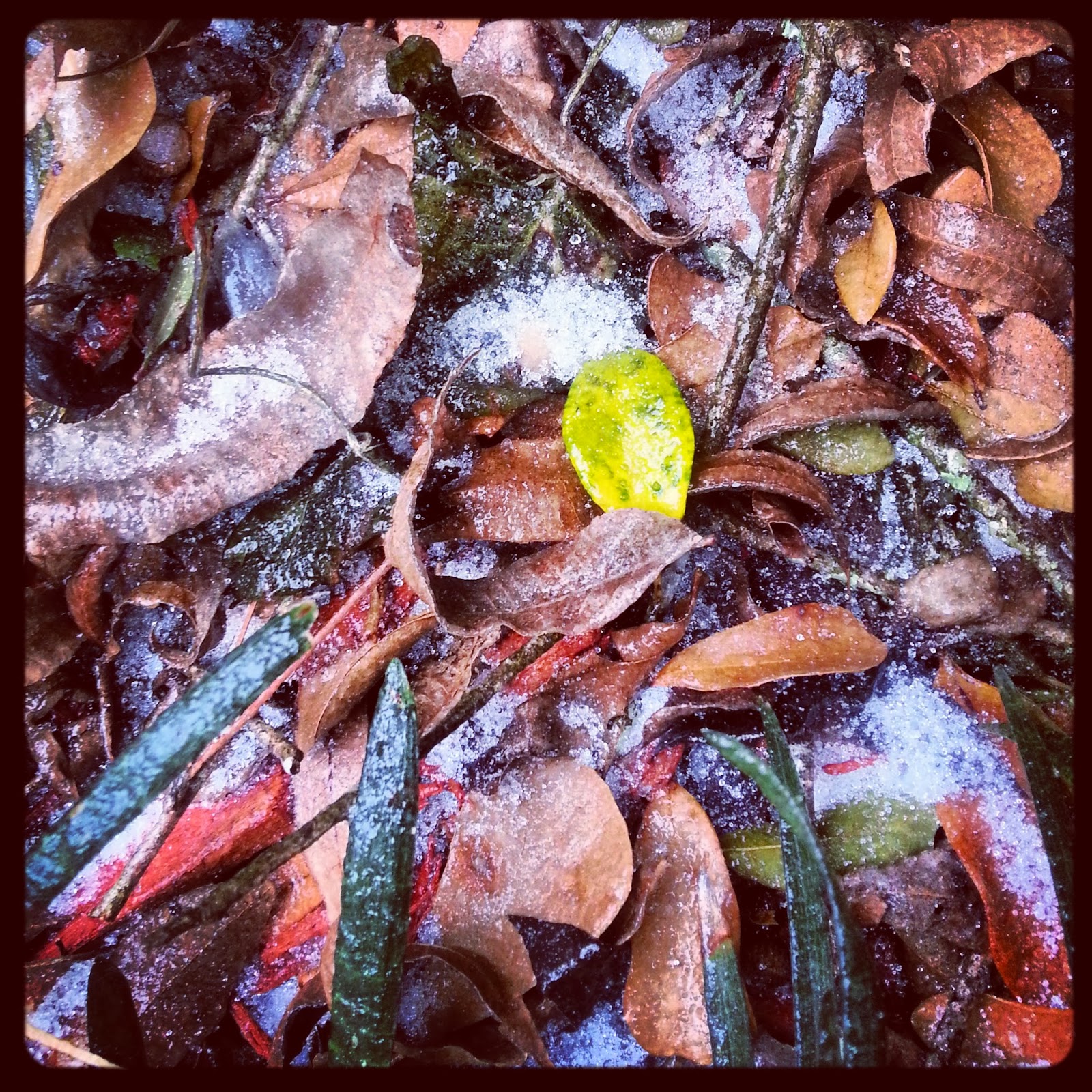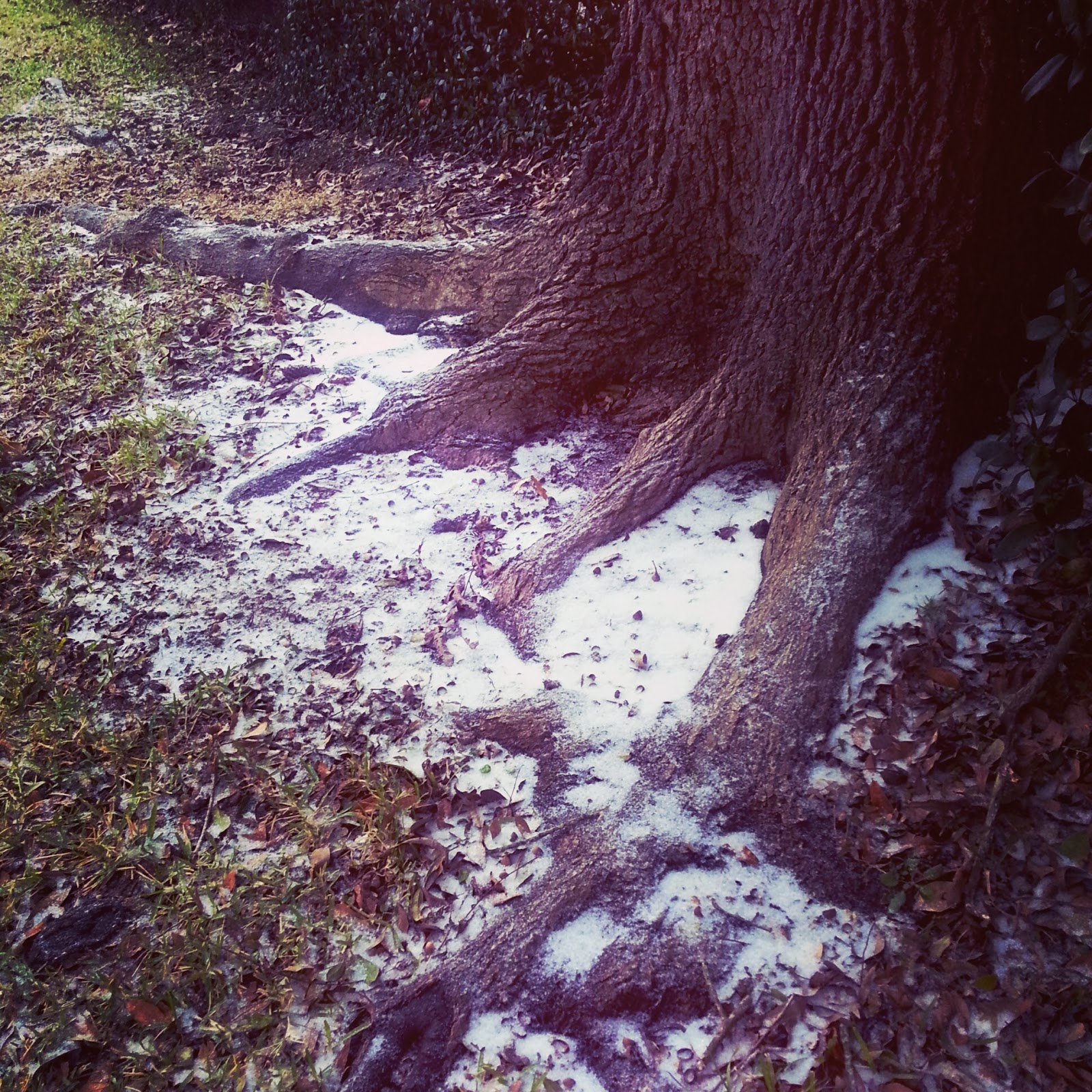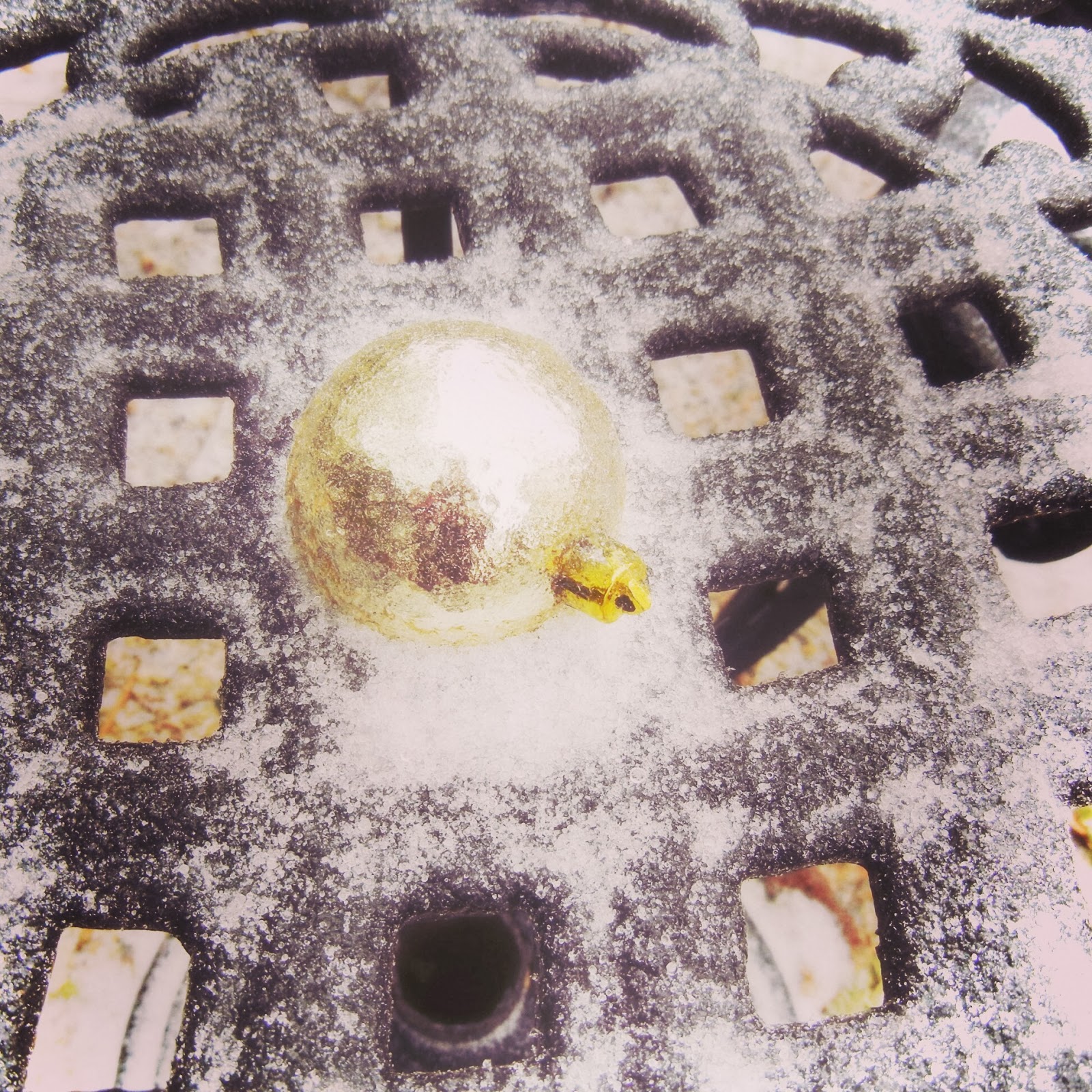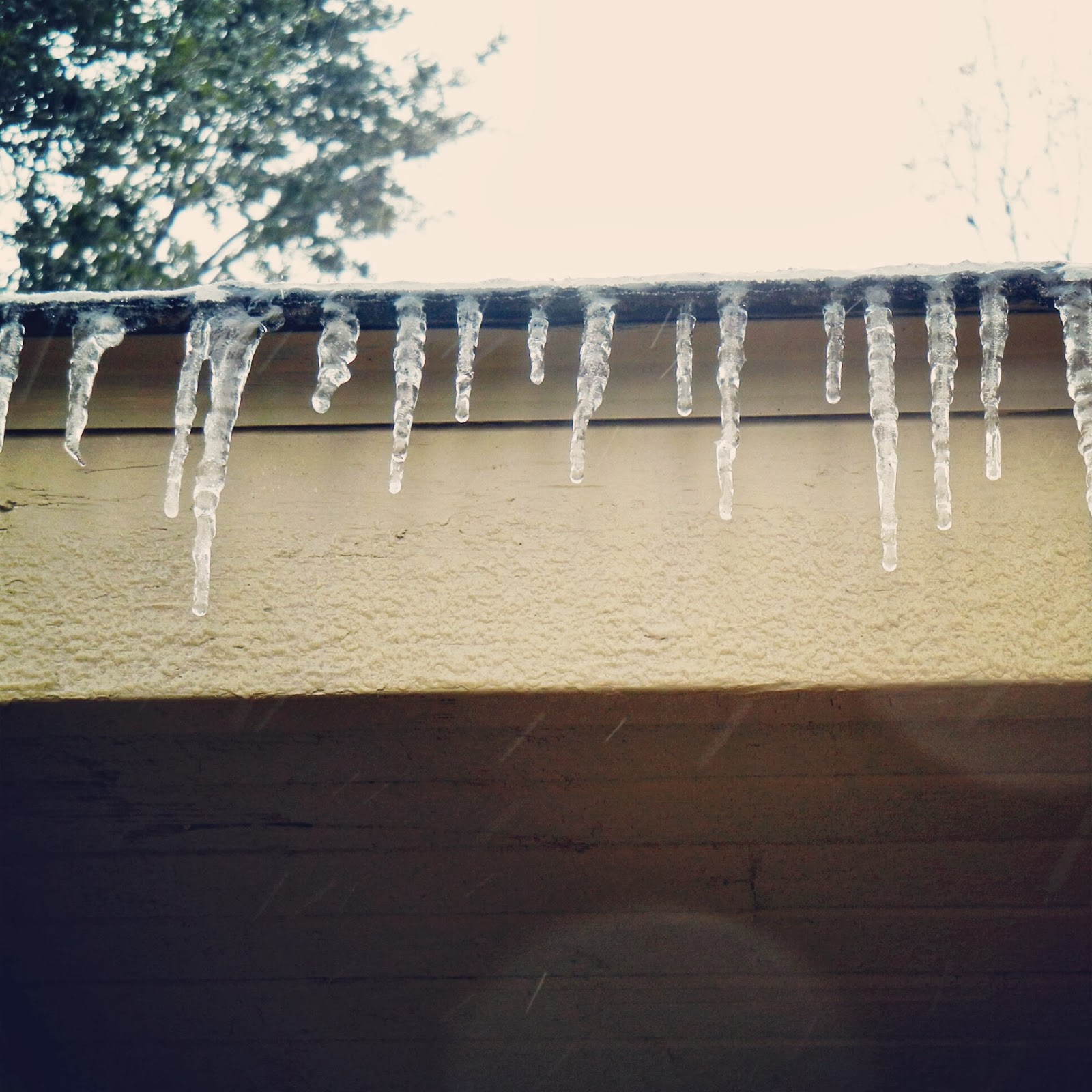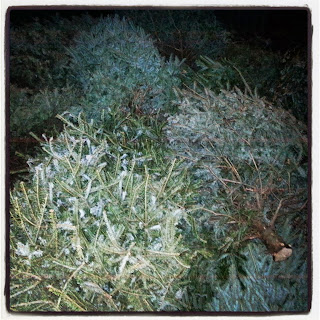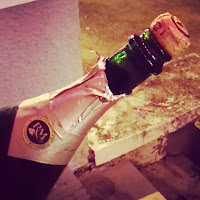Side note: Does anyone else realize how stupid it is to trademark the name of a particular football game, thus making everyone either pay to use the name, or use another name when talking about it? Most people end up calling it the Big Game in their ads, but seems like using the real name would actually help the brand out more. But then again, this is the NFL. Comme çe, comme ça.
So the BIG GAME is this Sunday and if you're like me, you still don't know what your plans are.
Whether you host a party or attend another one, make it greener!
If you are hosting a party, look for disposable plates and cutlery made of alternative materials, such as bamboo or tapioca starch. Alternative disposable dinnerware is recyclable, biodegradable, and/or compostable, giving them a greater purpose than plain polystyrene dinnerware that can only be thrown away and is not biodegradable. Many Whole Foods Markets carry the Susty Party line, and probably a few others as well. Bonus: Susty Party also has straws, so you can even be green with straws! (If you even need a straw!) But if you're focusing more on the "reduce" aspect of the 3 Rs, don't use disposable dinnerware at all! Just use regular plates, cutlery and glasses (and mason jars) and wash everything afterward. (Make sure your dishwasher is empty beforehand!)
Use an extra bin or trash can as a recycling bin and make sure it's clearly marked so guests will know what it's for and what can go in it. Here's a suggested handy list of what can be recycled at your party: Beer bottles, wine bottles (for the ladies), beer cans, liquor bottles and plastic salsa containers or jars. Did I miss anything??
When you're decorating, use items that can be reused - you don't need paper streamers or a plastic table cloth. Get creative! Susty Party has a great pin board for recipes and decorating ideas, and shows a table wrapped in brown kraft paper (recyclable) decorated to look like a football field. But seriously, don't go overboard spending money or time decorating with disposable decorations for a football party. Quick and free is where it's at when the focus is on the football (drink once when they talk about the outdoor stadium) and the commercials (where it's at for me!).
If you're attending a party somewhere, reduce your own footprint while influencing others to reduce theirs! Bring your dish in a reusable container, and if you get to bring leftovers home, put them in your dish. Bring booze that comes in a recyclable container - bottles or cans (let's not start on boxes). If there's no recycling bin at the party, save your containers to recycle at home. It's not THAT embarrassing, I promise. I've done it.
Whether you're hosting or attending a party, make a dish or two that features local food or super healthy foods.
And whatever you do to make your viewing party greener, you won't be alone. The NFL continually looks for ways to make football season greener across the country, and work specially to green the big game.
This year may be the most environmentally friendly big game yet. This year the MetLife Stadium will be composting food waste from the game; the first in big game history, but not in stadium history. The compost can be used for landscaping. Talk about super landscaping! The cooking oil will also be processed to make biodiesel fuel. After the game, the NFL will donate fabric signage to nonprofits for repurposing - which also happened last year in New Orleans, and the material was used to make purses, dresses, shower curtains, tote bags and wallets. With the fuel emissions from so many people descending upon one area, and the amount of garbage they all generate, all these steps toward making the game environmentally friendly are extra important.
Other places for party ideas:
Mother Nature Network
Susty Party Pinterest board
So, who are you hoping will win? I'm on Team Commercials!
0
So the BIG GAME is this Sunday and if you're like me, you still don't know what your plans are.
Whether you host a party or attend another one, make it greener!
If you are hosting a party, look for disposable plates and cutlery made of alternative materials, such as bamboo or tapioca starch. Alternative disposable dinnerware is recyclable, biodegradable, and/or compostable, giving them a greater purpose than plain polystyrene dinnerware that can only be thrown away and is not biodegradable. Many Whole Foods Markets carry the Susty Party line, and probably a few others as well. Bonus: Susty Party also has straws, so you can even be green with straws! (If you even need a straw!) But if you're focusing more on the "reduce" aspect of the 3 Rs, don't use disposable dinnerware at all! Just use regular plates, cutlery and glasses (and mason jars) and wash everything afterward. (Make sure your dishwasher is empty beforehand!)
Use an extra bin or trash can as a recycling bin and make sure it's clearly marked so guests will know what it's for and what can go in it. Here's a suggested handy list of what can be recycled at your party: Beer bottles, wine bottles (for the ladies), beer cans, liquor bottles and plastic salsa containers or jars. Did I miss anything??
When you're decorating, use items that can be reused - you don't need paper streamers or a plastic table cloth. Get creative! Susty Party has a great pin board for recipes and decorating ideas, and shows a table wrapped in brown kraft paper (recyclable) decorated to look like a football field. But seriously, don't go overboard spending money or time decorating with disposable decorations for a football party. Quick and free is where it's at when the focus is on the football (drink once when they talk about the outdoor stadium) and the commercials (where it's at for me!).
If you're attending a party somewhere, reduce your own footprint while influencing others to reduce theirs! Bring your dish in a reusable container, and if you get to bring leftovers home, put them in your dish. Bring booze that comes in a recyclable container - bottles or cans (let's not start on boxes). If there's no recycling bin at the party, save your containers to recycle at home. It's not THAT embarrassing, I promise. I've done it.
Whether you're hosting or attending a party, make a dish or two that features local food or super healthy foods.
And whatever you do to make your viewing party greener, you won't be alone. The NFL continually looks for ways to make football season greener across the country, and work specially to green the big game.
This year may be the most environmentally friendly big game yet. This year the MetLife Stadium will be composting food waste from the game; the first in big game history, but not in stadium history. The compost can be used for landscaping. Talk about super landscaping! The cooking oil will also be processed to make biodiesel fuel. After the game, the NFL will donate fabric signage to nonprofits for repurposing - which also happened last year in New Orleans, and the material was used to make purses, dresses, shower curtains, tote bags and wallets. With the fuel emissions from so many people descending upon one area, and the amount of garbage they all generate, all these steps toward making the game environmentally friendly are extra important.
Other places for party ideas:
Mother Nature Network
Susty Party Pinterest board
So, who are you hoping will win? I'm on Team Commercials!
